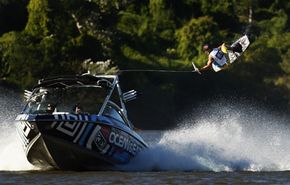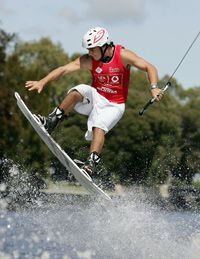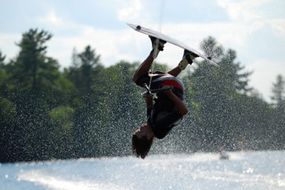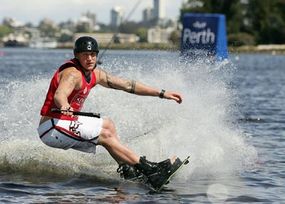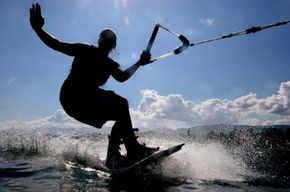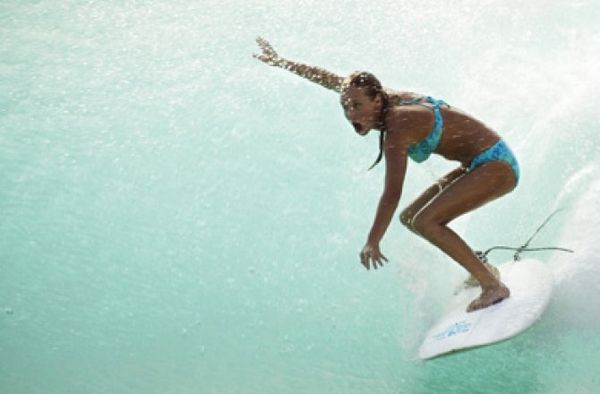You're standing on a small board while a powerboat pulls you gently through a serene lake. This calm, relaxing ride quickly changes into a breathtaking and exhilarating adventure. You clench the rope handle and swiftly turn into the wake of the boat, flipping 20 feet (6 meters) into the air and landing back in the water. This thrilling experience brings back seasoned wakeboarding veterans and attracts new adventurers to this increasingly popular water sport.
Wakeboarders leverage the wake of power boats to perform gravity-defying jumps and maneuvers. The wet and wild cousin of skateboarding, snowboarding, waterskiing and surfing, wakeboarding is one of the fastest-growing water sports in the world. Nearly three million people in the United States participate in wakeboarding [source: Regenold]. Four million people worldwide are wakeboarding enthusiasts [source: USA Wakeboard].
Advertisement
Wakeboarding came onto the scene in the 1980s when surfers started hitching rides on boats with a rope, similar to waterskiing. The wakeboarding craze caught on, and surfers began to design actual wakeboards. These new types of boards maintained balance and steadiness, increased speed and power, and produced larger waves while being pulled by a motorboat. By the 1990s, wakeboarding became a recognized extreme sport and it developed a culture which now includes specialized gear, television coverage, competitions and professional organizations.
Now let's learn all about the wakeboard.
Advertisement
